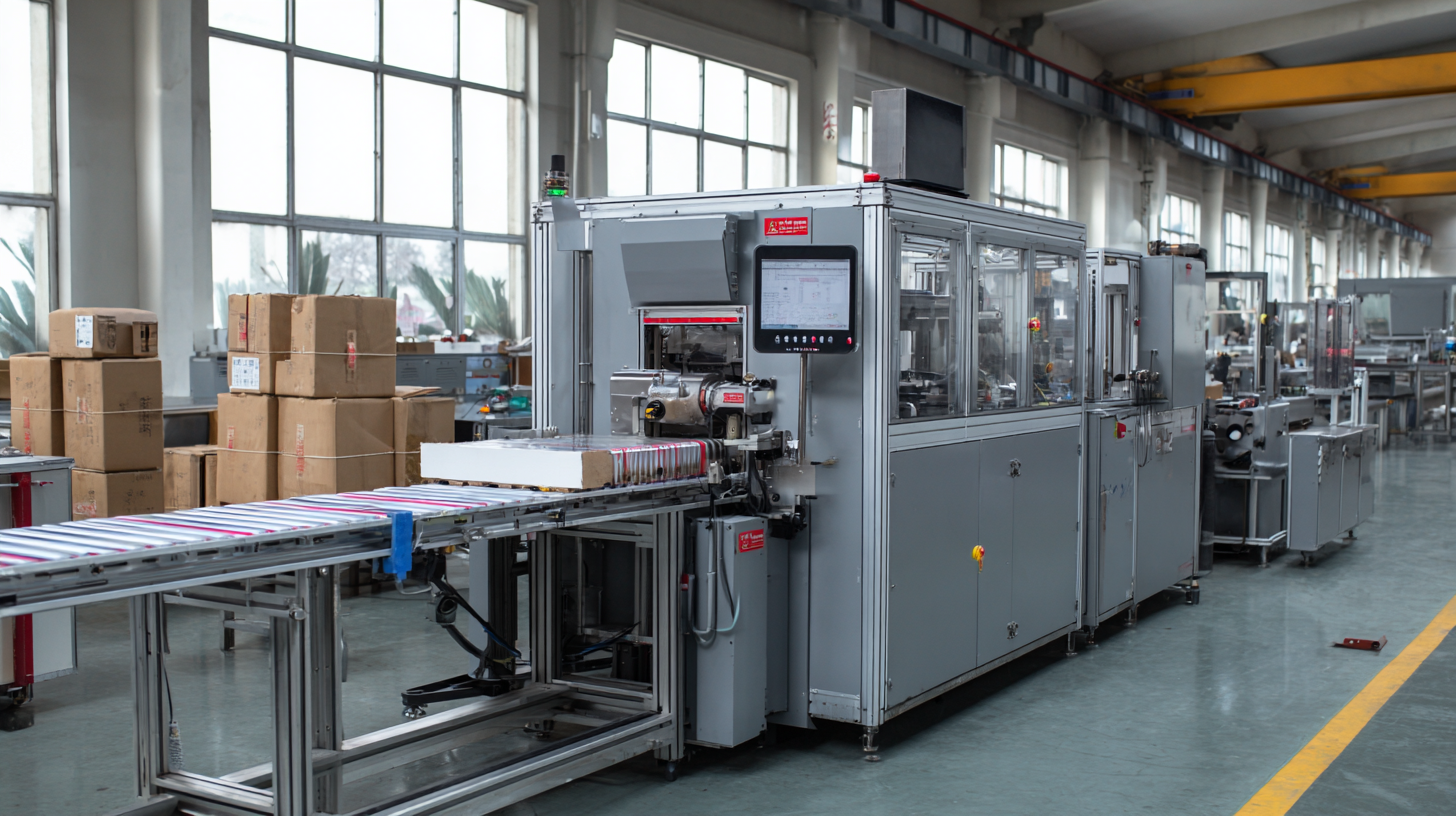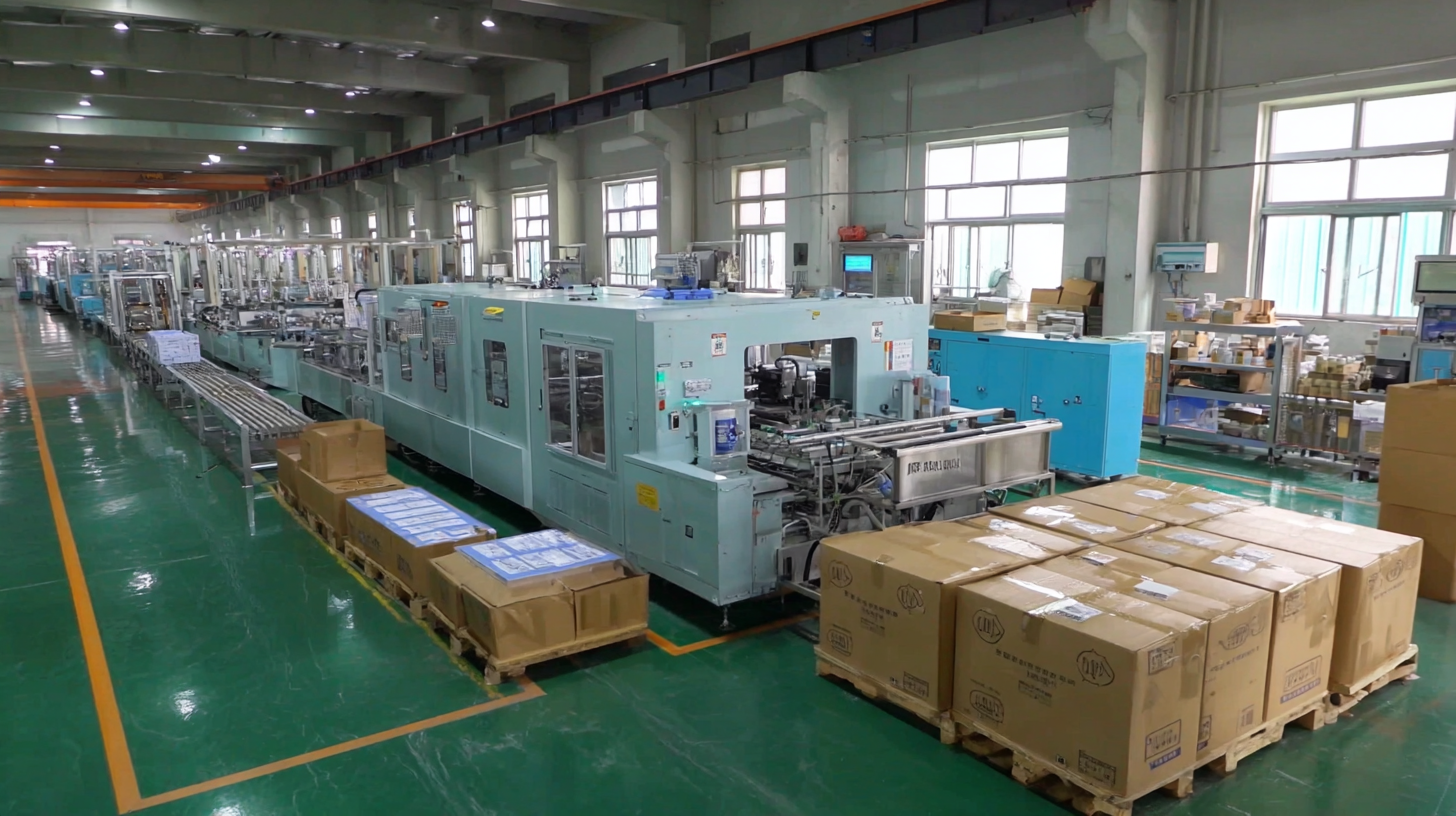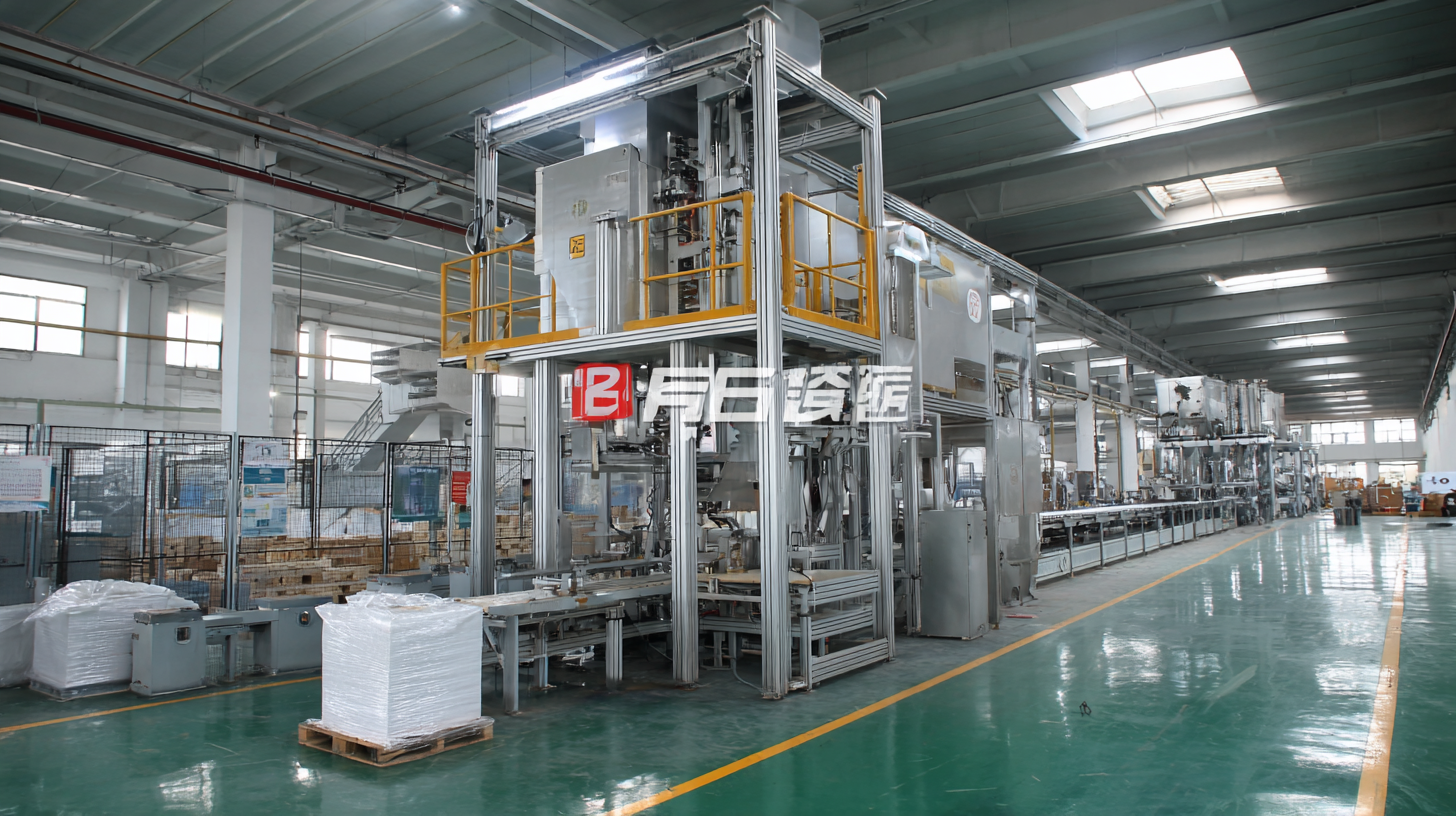A-B-C Blog
Unmatched Quality in Global Export of Premium Industrial Packing Machines Made in China
In today's rapidly evolving manufacturing landscape, the demand for high-quality Industrial Packing Machines has surged, positioning China as a leading player in the global market. According to a recent report from MarketsandMarkets, the industrial packaging market is projected to grow from USD 59.2 billion in 2020 to USD 75.3 billion by 2025, reflecting an impressive compound annual growth rate (CAGR) of 4.6%. This growth is driven by the increasing need for efficiency and sustainability in packaging solutions, prompting manufacturers to invest in premium Industrial Packing Machines that offer unmatched quality and reliability. However, challenges still persist, particularly regarding adaptability to diverse packaging requirements and ensuring consistent quality amidst rapid production. As companies seek to capitalize on this booming market, addressing these problems with the current industrial packing machines will be crucial for maintaining competitive advantage and meeting customer demands.

Understanding the Need for Premium Industrial Packing Machines in Global Markets
 The demand for premium industrial packing machines in global markets has seen a substantial surge in recent years, driven by the need for efficiency, speed, and reliability in packaging processes. According to a report by MarketsandMarkets, the global packaging machinery market is expected to reach USD 60 billion by 2026, growing at a compound annual growth rate (CAGR) of 5.6%. This growth reflects the increasing requirements from various sectors, including food and beverage, pharmaceuticals, and consumer goods, where high-quality packaging is critical for maintaining product integrity and extending shelf life.
The demand for premium industrial packing machines in global markets has seen a substantial surge in recent years, driven by the need for efficiency, speed, and reliability in packaging processes. According to a report by MarketsandMarkets, the global packaging machinery market is expected to reach USD 60 billion by 2026, growing at a compound annual growth rate (CAGR) of 5.6%. This growth reflects the increasing requirements from various sectors, including food and beverage, pharmaceuticals, and consumer goods, where high-quality packaging is critical for maintaining product integrity and extending shelf life.
As industries evolve, manufacturers are seeking advanced packing solutions that not only enhance productivity but also meet stringent regulatory standards. Innovations such as automation and smart technology are becoming integral to premium packing machines, addressing the evolving consumer preferences and the need for sustainable practices. For example, a study by Research and Markets details how automated packing machines reduce labor costs by up to 20% while increasing output speeds, underscoring their vital role in enhancing operational efficiency. This growing emphasis on high-quality industrial packing machines made in China showcases the country's commitment to catering to global market demands with unmatched quality.
Key Features of Different Types of Industrial Packing Machines
The global packaging machinery market is witnessing significant growth, propelled by the increasing demand for efficient and reliable industrial packing solutions. By 2033, the market is projected to reach a staggering USD 100.6 billion. In particular, liquid filling machines are experiencing robust growth, with market size expected to increase from $8.26 billion in 2024 to $8.72 billion in 2025. This surge is driven by the diverse functionalities offered by both automatic and semi-automatic filling machines, catering to various product types such as glass and plastic containers.
Similarly, the vacuum packing machines sector is set to cross USD 4.9 billion by 2024, with a projected growth rate of 5.1% CAGR from 2025 to 2034. This growth is largely attributed to the rising demand for preservation and extended shelf life in industries like food and pharmaceuticals. Moreover, innovative solutions in pillow packing machines have also come into focus, with expectations for the market to soar from $6,755 million in 2020 to $11,812 million by 2030. These trends illustrate the dynamic nature of the industrial packing machinery landscape, highlighting China's unmatched quality in production capabilities.

Market Demand Trends: Statistics on Global Export Growth of Packing Machines
The global export market for premium industrial packing machines is witnessing unprecedented growth, driven by increasing demand in various sectors. Notably, the meat packaging industry is positioned for substantial expansion, with its market size projected to rise from $55.04 billion in 2025 to an impressive $85.49 billion by 2032. This growth reflects a broader trend in the packaging industry, as manufacturers seek efficient and innovative solutions to meet the evolving needs of consumers and businesses alike.
In addition to food packaging, the semiconductor industry is also poised for significant development in 2025, fueled by the surging demand for artificial intelligence and advanced technologies. The intersection of these trends not only highlights the critical role of packing machines in maintaining high standards of quality and safety but also emphasizes the importance of investing in advanced machinery to keep pace with market demands. As industries adapt and innovate, the potential for packing machines, especially those crafted in China, remains unmatched in the global market.
| Year | Global Export Volume (Units) | Export Value (Million USD) | Top Importing Regions | Growth Rate (%) |
|---|---|---|---|---|
| 2018 | 250,000 | 1,500 | North America, Europe | 10% |
| 2019 | 300,000 | 1,800 | Asia, Europe | 20% |
| 2020 | 350,000 | 2,100 | North America, Asia | 17% |
| 2021 | 400,000 | 2,500 | Europe, Middle East | 14% |
| 2022 | 450,000 | 3,000 | North America, Asia | 13% |
| 2023 | 500,000 | 3,500 | Global | 11% |
Comparative Analysis: Cost-Effectiveness of Chinese Packing Machines
In recent years, the global demand for industrial packing machines has surged, with China emerging as a leader in manufacturing. A comprehensive study by Smithers Pira highlights that China accounts for approximately 38% of the global market share for packing machines. This dominance is largely attributed to the cost-effectiveness of Chinese products, which are often 20-30% cheaper than those manufactured in Europe and North America, without compromising quality.
The lower production costs in China stem from several factors, including streamlined manufacturing processes and the availability of cost-effective materials. According to a report by Grand View Research, the average price of packing machines in China is around $15,000, compared to $20,000 in the U.S. Furthermore, Chinese manufacturers are increasingly focusing on automation and advanced technology, enabling them to produce high-quality machines at reduced costs. As a result, many businesses are turning to Chinese packing machines to maximize their return on investment, paving the way for significant growth in exports.
Long-Term Benefits of Investing in High-Quality Packing Solutions
Investing in high-quality industrial packing machines can significantly enhance productivity and efficiency in manufacturing processes.
Unlike their lower-priced counterparts, premium packing solutions are designed for durability and reliability, ensuring minimal downtime and
reduced maintenance costs. This long-term investment pays off as businesses can maintain consistent production levels, thereby meeting customer
demands efficiently.
Tip: Consider the Total Cost of Ownership (TCO)
when evaluating packing machines. While the initial purchase price may be higher for premium options, lower operating and maintenance costs can
lead to significant savings over time. Look for machines that offer energy efficiency and longevity, as these factors contribute to a more
sustainable and cost-effective operation.
Moreover, high-quality packing machines often come with advanced technology features that streamline operations. Automation capabilities,
precision engineering, and customizable settings not only improve packing speed but also enhance product integrity.
Tip: Evaluate Supplier Support and Services.
When selecting a machine, ensure that the manufacturer provides excellent after-sales support. Access to training, maintenance, and spare
parts can significantly increase the lifespan and effectiveness of your packing solution. Investing in both the equipment and robust
support will ensure optimal performance for years to come.






